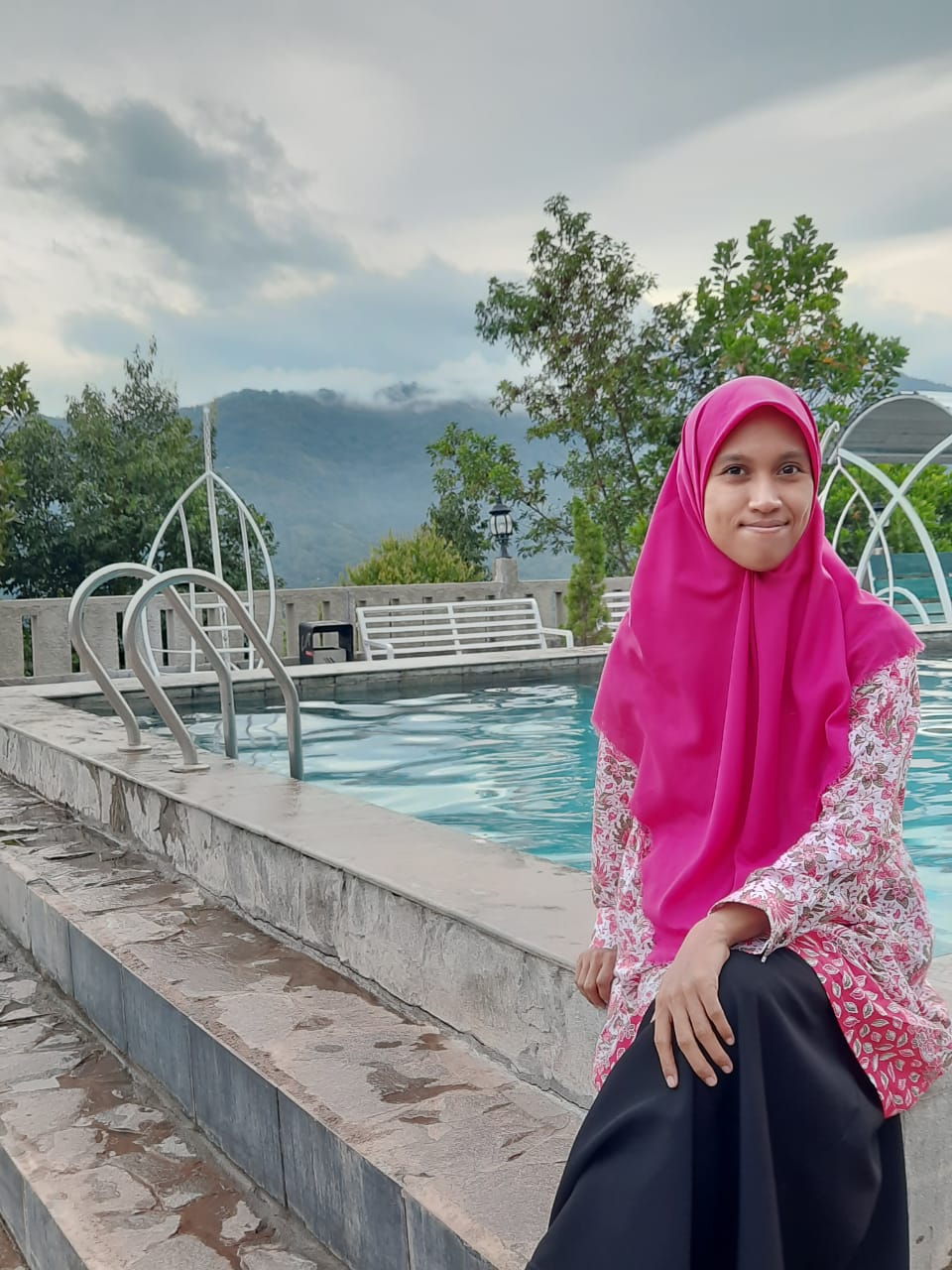The Use of Jargons of Clash of Clans Game by Makassarese Teenagers
DOI:
https://doi.org/10.46870/lets.v1i2.141Keywords:
Jargon, Clash of Clans, TeenagersAbstract
Online Games are popular for Indonesian teenagers, and one of them is the Clash of Clans (COC). Each
online game has specific terms. Those are known as jargon. This study is aimed to find jargons of Clash of
Clans used by teenagers. It is qualitative research using a descriptive method. The result shows that there
are seventeen jargons used by three teenagers. They are Archer Troops, Barbarian Troops, Wall Level 3,
Wall Level 1, Town Hall 3 Starts, Mortar, Golem, Hogs, Wars, Builder, Hidden Tesla, Clan Castle, Giant,
Healer, and Elixir. Those jargons are used in other contexts, out of that online game. the players use this
jargon language by considering the things in real life with all of the things in Clash of Clans. So the jargon
language from the game is accidentally said by teenagers in their real-life context.
References
Adams, G.R, (1997:20). The Objective Measure of Ego Identity Status: a Reference
Manual. United State of America: Adams.
Alwasilah, A. Chaedar. (1993). Pengantar Sosiologi Bahasa. Bandung: Angkasa.
Bauer, L. (1983). English Word-Formation. Cambridge: Cambridge University Press.
Brun, D. (1990). Adolescence: Common Pathways Through Life. Adolescence.
Chaer, A. (2004). Sosiolinguistik: Perkenalan Awal. Jakarta: PT. Rineka Cipta.
Golinko, B. E. (1984) Adolescences: Common Pathways Through Life. Adolescence.
Hudson, H.J. 1987. As Per Your Request: A History of Business Jargon. London:
University of Cambridge.
Hurlock, E.B. (1990). Developmental Psychology: A Lifespan Approach. Boston: McGrawHill.
Kurnia, Vivi. (2013). The Jargon Used by the User Community Facebook Chat with
Student Padang State University. Unpublished Thesis: Universitas Negeri Padang.
Leedy, P. (1993). Practical Research: Planning and Design (Fifth Edition). New York:
Macmillan Publishing Company.
Lickona, T. (2012). Educating for character: How Our Schools Can Teach Respect and
Responsibility. New York: Bantam Books.
Marliana, Rina., Arafah, Burhanuddin., Herawaty. (2017). Patriarchal System in Aborigine
Woman in James Tucker?s The Adventure of Ralph Rasleigh. Internationa Journal
of Science and Research (IJSR) Volume 6 Issue 6 June 2017, 389-393. Retrieved
from: https://www.ijsr.net/search_index_results_paperid.php?id=ART20174139.
Nurmala, Linda. (2013). The Analysis of Jargon Formation in Online Trading: A case Study
of Jargon Formation in Forum Jual Beli. Bandung: Universitas Pendidikan
Indonesia.
O'Grady, W., & Guzman, V. P. (1996). Morphology: The Analysis of Word Structure.
Cambridge: Cambridge University Press.
Journal of Linguistics and English Teaching Studies 98
Papalia, D.E, Old, S.W, and Feldman, R.D. (2001). Human Development (Psikologi
Perkembangan). Jakarta: Kencana.
Pateda, Mansoer. 1987:70. Sociolinguistic. Bandung: Angkasa Press.
Rice, F.P. (1990). The Adolescent Development, Relationship Culture (Sixth Education).
Boston: Ally & Boston.
Stageberg, N.C. (2009). An Introductory English Grammar. Orlando: Harcourt.
Yule, G. (1996). The study of Language. Cambridge: Cambridge University Press
Downloads
Published
Issue
Section
License
Copyright (c) 2022 Yudhi Faizal Eka Putra, Serliah Nur, Rabiatul Adawiah, Nurfitrah Nurfitrah

This work is licensed under a Creative Commons Attribution-NonCommercial-ShareAlike 4.0 International License.












